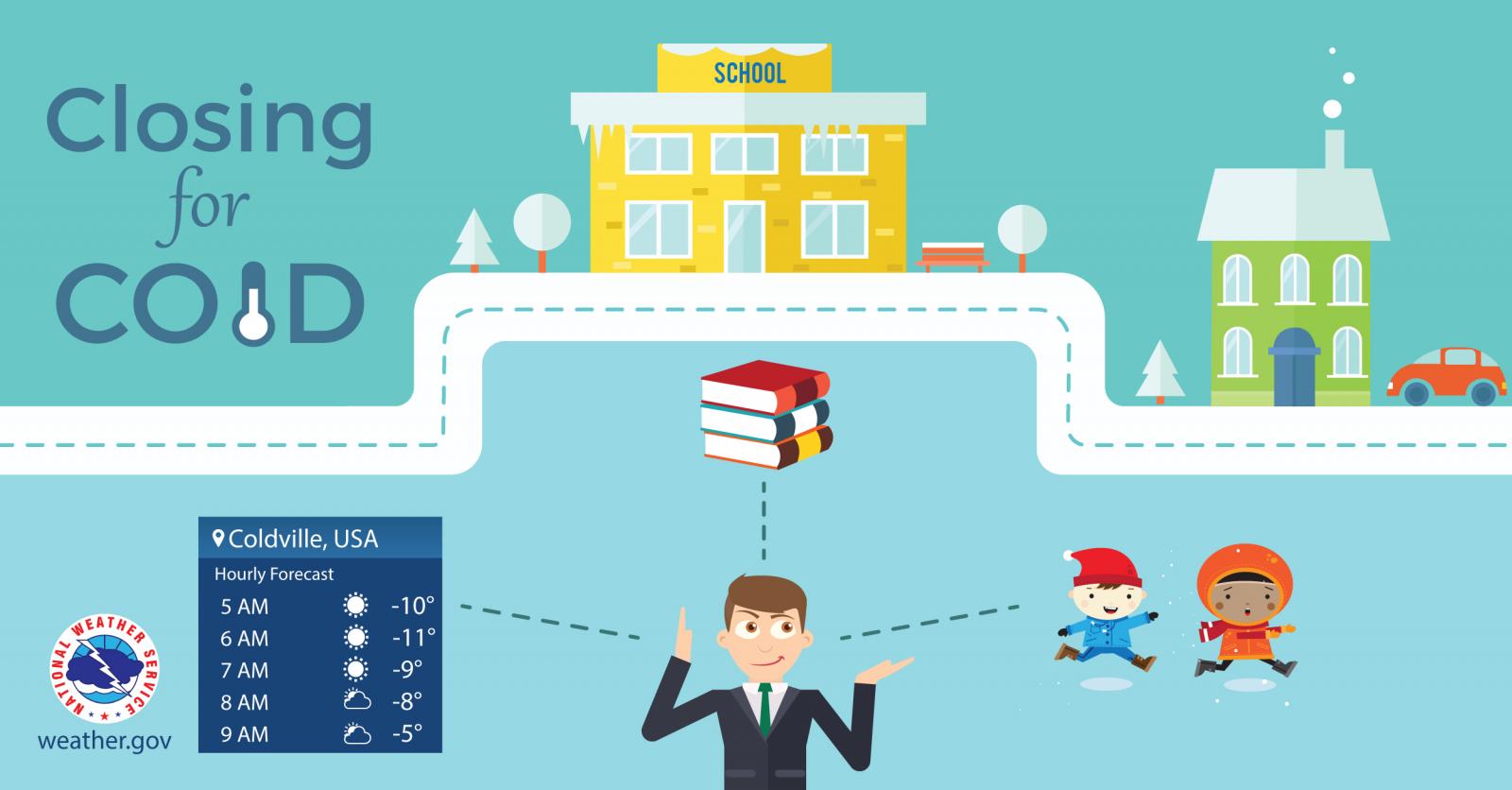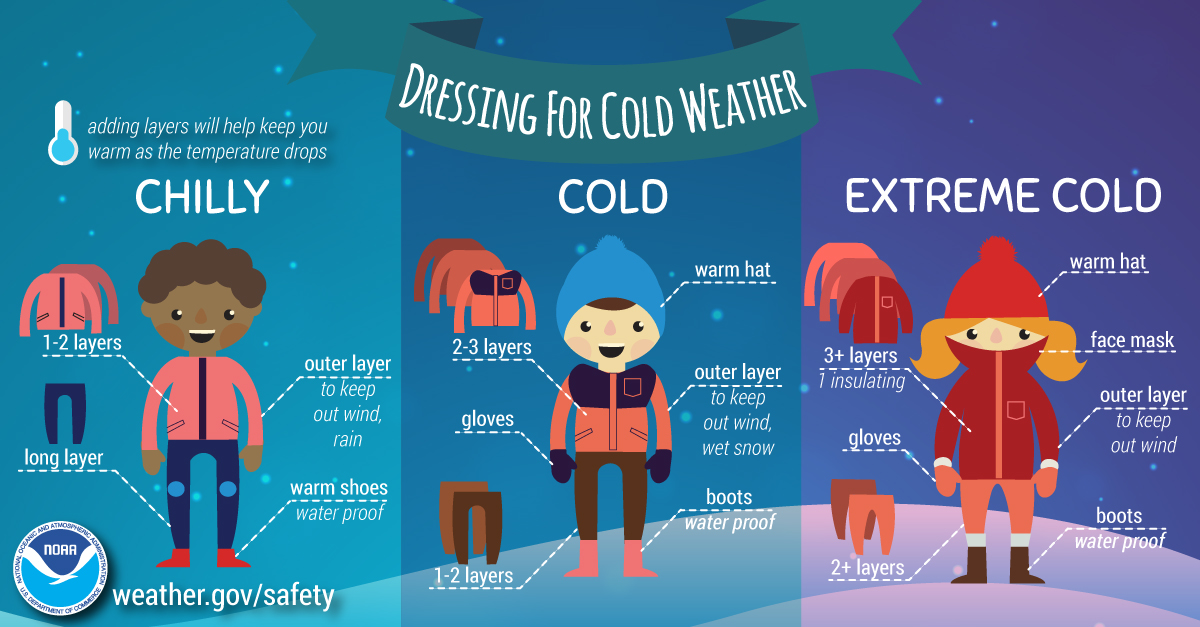Back to Winter Safety Articles
When parents think of winter, they may envision slow commutes to work, shoveling snow, or perhaps the dreaded school cancellation from adverse weather. When children think of winter, they imagine hot chocolate, playing outside in the snow, and those exciting school cancellations from adverse weather. These school cancellations, though viewed through different lenses, are common ground between parents and their children.
For Superintendents like Dr. John Schultz of the Hopkins Minnesota School district, these decisions are certainly not taken lightly. “Education is a basic civil right to every citizen”, says Dr. Schultz. “When schools close, the loss of education and student learning is always central in the decision.” The safety of the child is first and foremost. “Superintendents must consider the safety of the children traveling to and from school, as well as providing time for staff to get to school, plowing of the school parking lots, and opening daycare facilities for parents.”
 Figure 1: Decision makers such as Superintendents have a lot to consider when deciding whether or not to cancel school. The hourly weather graph is a great tool to aid in the decision process. |
In order to better understand the forecast winter weather conditions, Dr. Schultz utilizes the hourly weather graph from the National Weather Service. As the name implies, the hourly weather graph gives detailed information about weather conditions every hour. People can navigate to the hourly weather graph, and select any weather parameters to get an hour by hour forecast. In addition, you can set specific thresholds and the forecast will highlight when these are being met or exceeded. This can aid decision makers, and in the case of Dr. Schultz, allow him to implement a two hour delayed start versus a full day’s cancellation.
Snow and ice are common causes for school closures, but extreme cold is another factor that Superintendents must consider during the winter season. Dangerous wind chills can be hazardous to children waiting outside for the bus, or students traveling by car that may get stranded. Wind chill considers both wind speed and air temperature to better approximate how quickly the body loses heat. Exposed skin is especially at risk for frostbite when the air is cold and winds are strong. Parents are the first line of defense when it comes to preventing injuries from extreme cold. Parents need to be aware of the risks cold weather poses and prepare their children appropriately.
 Figure 2: Here are some guidelines when preparing your child to go outside this winter season. Check the forecast, and then dress appropriately. |
According to Dr. Schultz, “parents should take the time to learn about the weather conditions they send their kids into every morning and afternoon, whether they are bus riders or walkers. Parents should also teach their children a plan if a child is stranded in inclement winter weather. If a child drives, be sure that there is a winter driving kit in their child’s vehicle. Parents need to be aware that school includes outdoor recess time every day as part of their elementary child’s development, and having appropriate clothing for the day is important. All schools have resources for families who may be financially challenged at purchasing appropriate weather clothing for their kids. Having appropriate clothing before, during, and after school is necessary for a child’s safety and comfort.” This is great advice, so please take it into consideration when planning for this upcoming winter season.